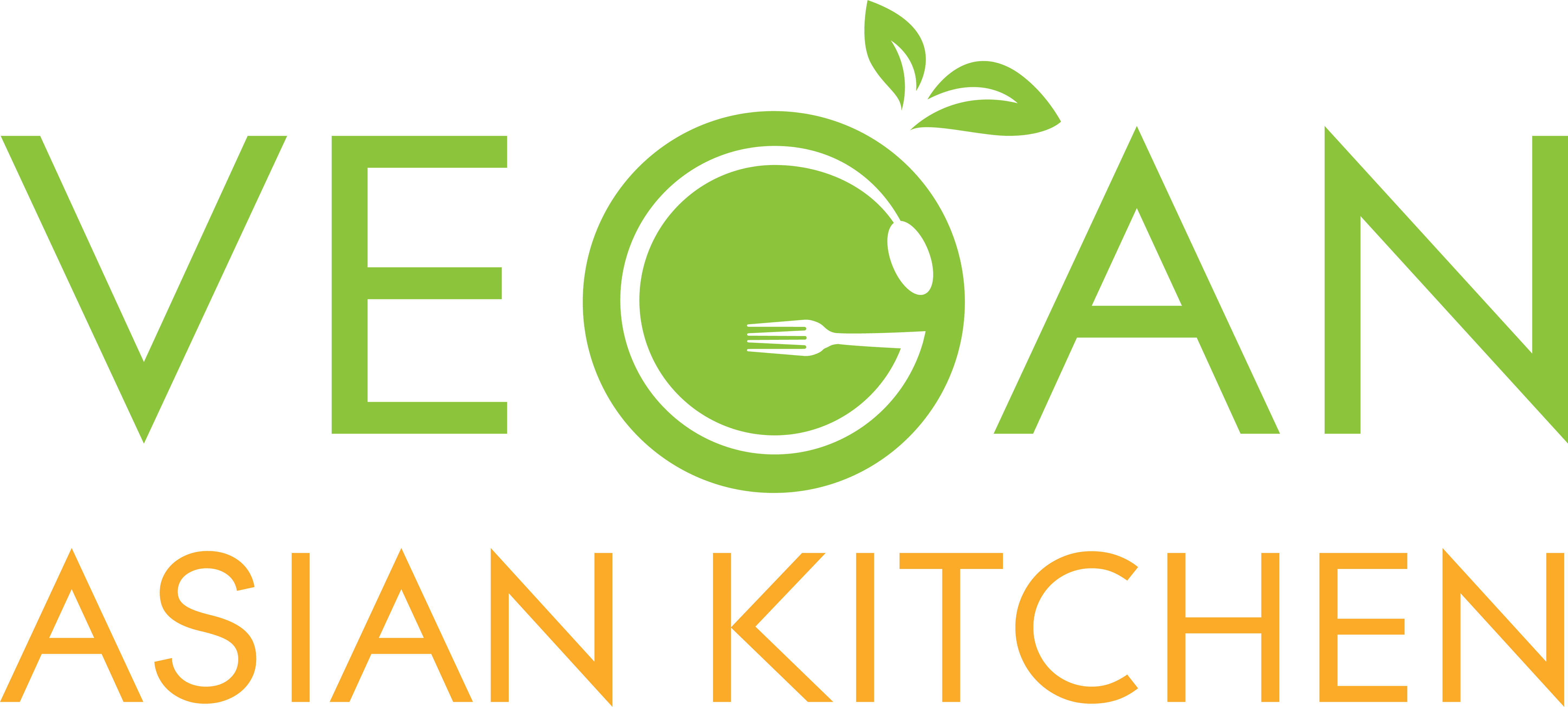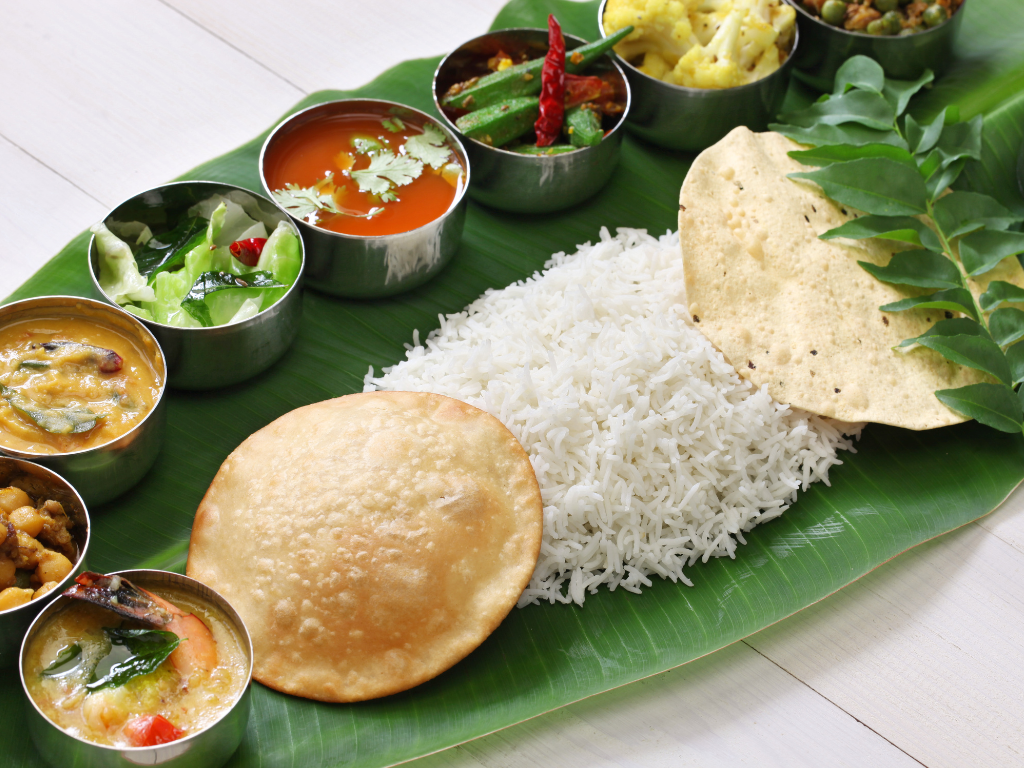There are numerous cuisines around the world that are vegan-friendly. Vegans love to debate which ones are the most vegan in nature. Some of the cuisines that make it easy to be vegan are Ethiopian, Chinese, Middle Eastern, Israeli, Vietnamese, etc. Along with those cuisines, Indian food deserves its place as one of the most vegan friendly.
Indian food is steeped in vegetarian traditions and the heavy use of plant-based and vegan ingredients. While meat is consumed, the vast array of vegan Indian dishes is staggering. Every region in India has a plethora of dishes that revolve around vegetables and plant-based foods. But why?
-
Religion
Some of the main religions in India include Hinduism, Buddhism, and Jainism. All three of these regions advocate a diet that focuses mainly on vegetables, pulses, rice, breads, and spices. Although dairy products like ghee and yoghurt are common, there are many dishes that do not include them. These religions also do not encourage harming animals.
-
The Emphasis on Plant-Based Proteins for Nourishment

Unlike many cultures, Indian food places a heavy emphasis on using legumes as a source of protein. This includes lentils like dal, chickpeas, kidney beans, peanuts, etc. These vegan proteins are easily available and relatively cheap as compared to meat or seafood. In fact, India consumes more legumes than any other country. You can find dal, flatbreads, and/or rice in any regional cuisine in India.
-
Dairy Is Sometimes the Exception
Ghee, cheese like paneer, and yogurt are sometimes used in Indian dishes, especially in the north in states like Rajasthan, Uttar Pradesh, Gujarat, and Maharashtra. These states also collectively have the largest dairy industry. However, many other areas of India only use dairy in certain dishes, with the most common type being ghee. And many traditional Indian recipes call for oil instead of ghee. Coconut milk is often used in place of dairy to make a dish richer. And more Indians are becoming vegan each year and fine-tuning traditional recipes, something that is quite easy to do.
-
Indian Food Is Big on Bold Spices
As you probably already know, traditional Indian food uses a lot of bold flavors that are derived from the heavy use of spices like cumin, coriander, chilies, garam masala, mustard seeds, fennel, etc. These Indian spices have pronounced and distinct flavors that make vegan dishes tasty and complex without the use of animal products.
-
India Has a Wide Variety of Dishes That Are Naturally Vegan
There are so many traditional Indian dishes that are naturally vegan. Some examples are chickpea curry (chana masala), potato and cauliflower stir-fry (aloo gobi), vegetable korma, samosas, dosa, idly, roti, chapati, mashed eggplant fry (baingan bharta), pakora, red lentils curry (masoor dal), etc. And there are so many more.
-
Non-vegan Indian Food Is Easily Modified to Make it Vegan
The beauty of traditional Indian dishes is that they are highly adaptable and can easily be made vegan with just a few modifications. It is easy to substitute meat with tofu, beans, legumes, tempeh, or seitan. And dairy can just as easily be substituted with oil, cashew cream, or coconut milk. In fact, more restaurants and home cooks are making these modifications all the time.
-
The Common Availability of Vegan Street Food in India

Street food is a very common part of Indian cuisine and food culture. Thousands of food vendors, each with their own specialty, sell their wares across the country and many of these foods are naturally vegan. Some common examples are vada, samosas, pani puri, bhel puri, pakoras, poha, idly, chaat, etc.
Just like in Japan where a vegan must ensure that seemingly vegan dishes did not contain bonito fish flakes in the dashi or soup stock, or in Vietnam where one must be on the lookout for fish sauce in dishes that appeared to be vegan, in India, watching out for ghee is necessary. As long as you pay attention to the use of ghee and yoghurt, you can eat very well when it comes to Indian food.
A delicious Indian meal could include dosa (a fermented lentil/rice flat bread) with sambar (a lentil curry dish) and coconut chutney, or rice served with masoor dal (red lentils), rasam (tamarind soup) and aloo gobi and lime pickles, or roti with chana masala (chickpea curry) and smoky eggplant, etc. The possibilities are literally endless.
This is why Indian food is such a vegan friendly cuisine and such a popular option with vegans.

